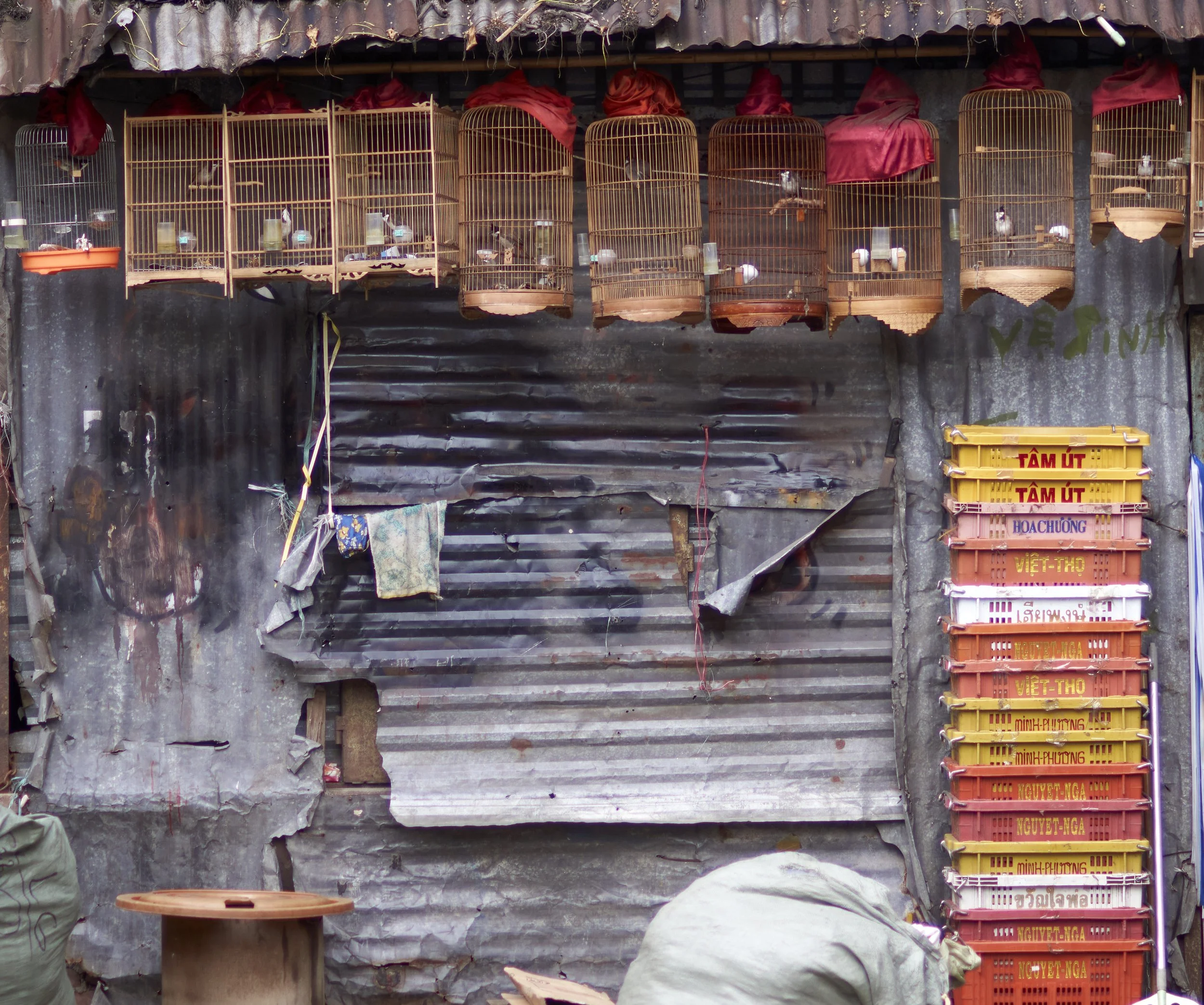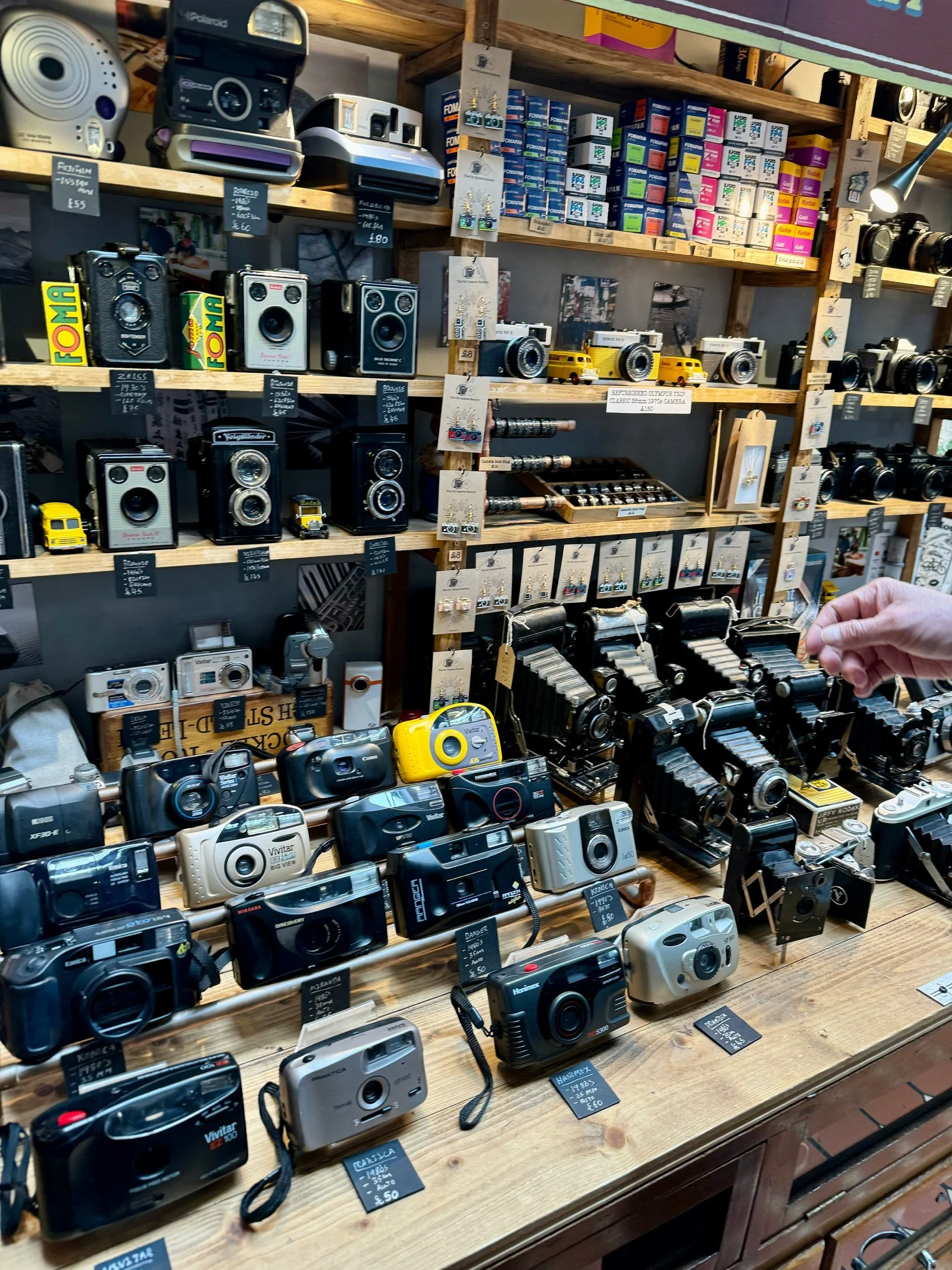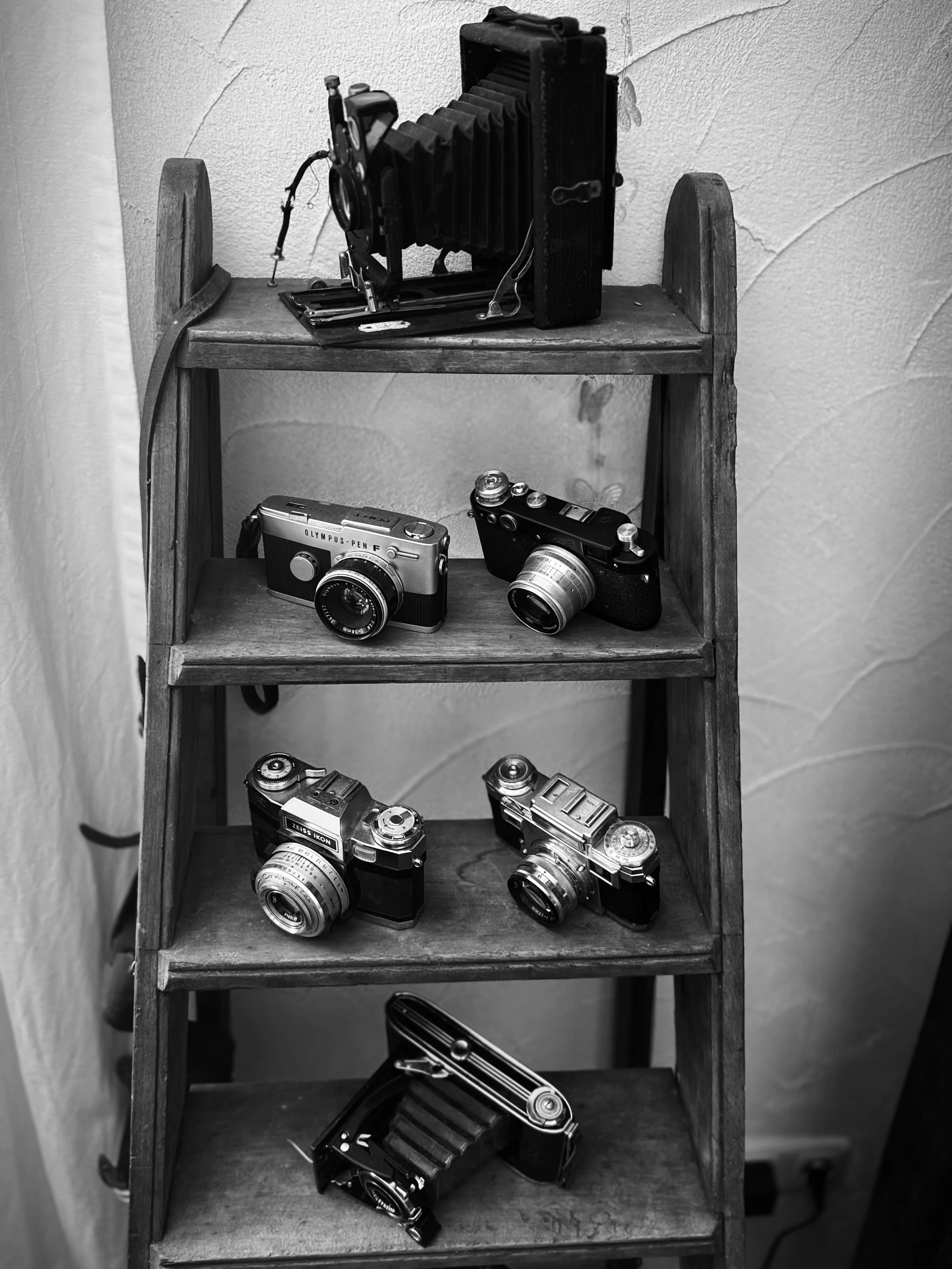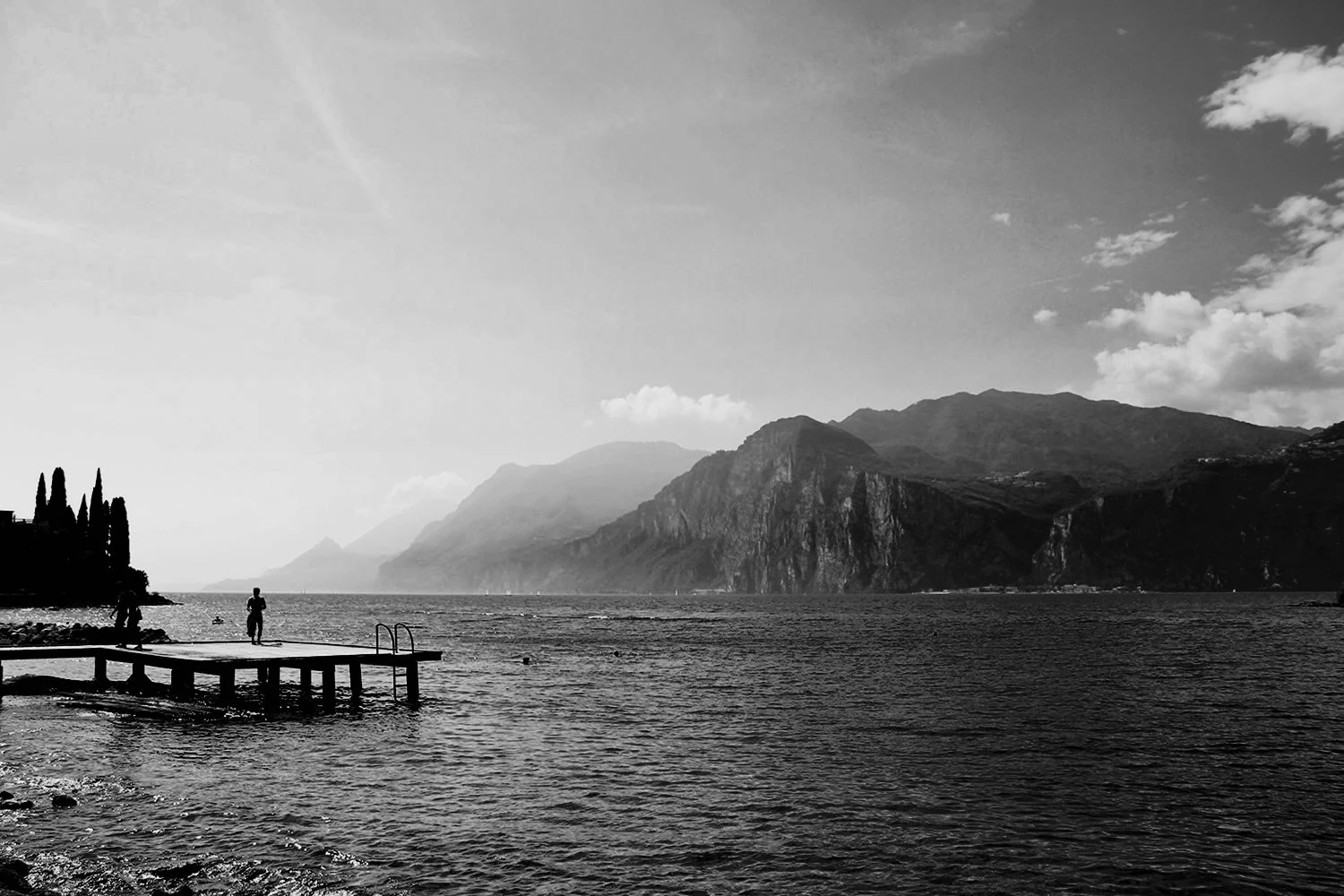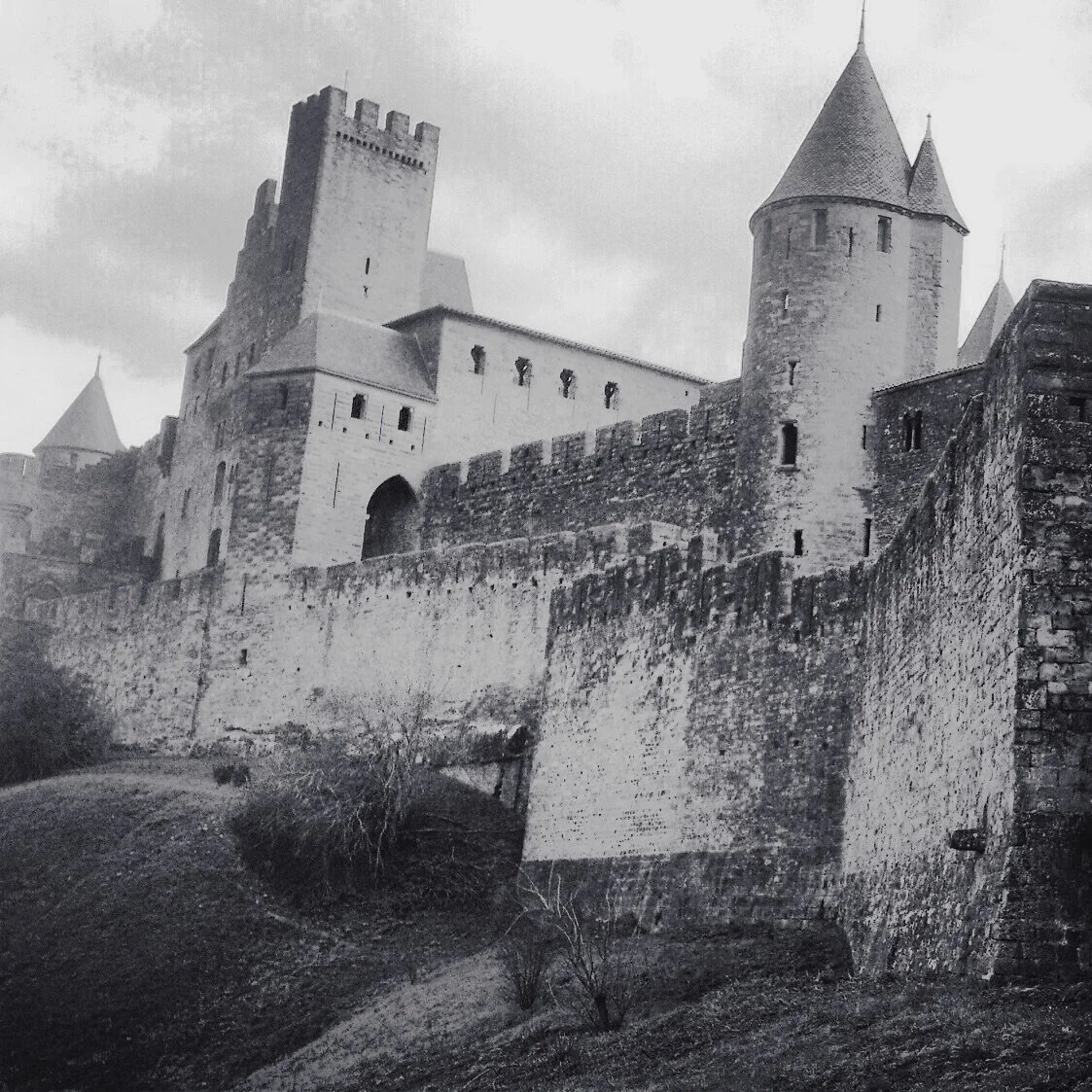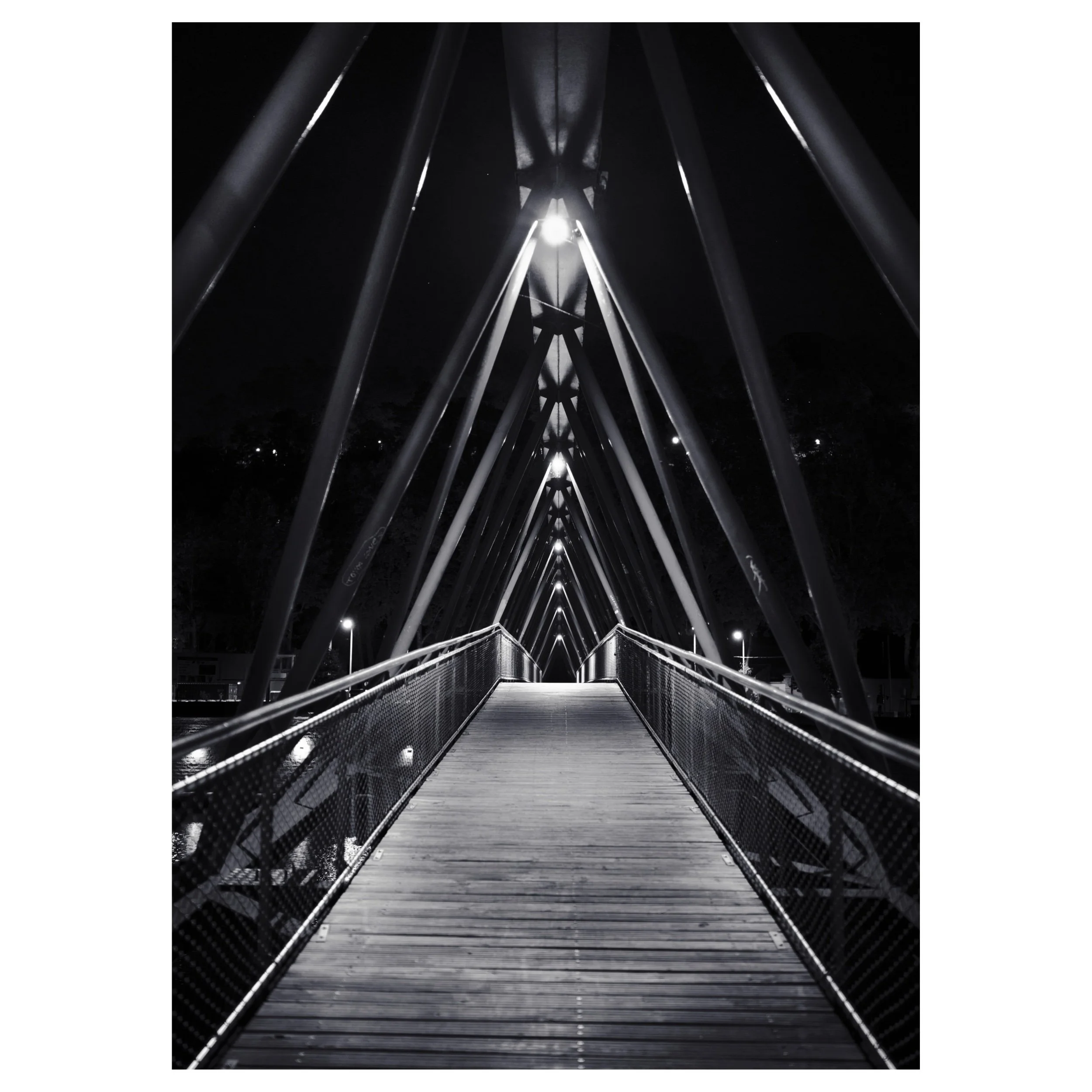👋 Welcome back to the only podcast where standing on a street corner staring at strangers is considered an artistic pursuit and not, you know, a cause for concern.
Today, we’re diving deep into the magical, mysterious, and sometimes downright ridiculous world of street photography. What is it, you ask? Well, technically, it’s photography that happens… on the street. Groundbreaking, right? But wait—before you pack your camera and head straight to the nearest pedestrian crossing, let’s expand the definition. Street photography can happen anywhere: parks, cafés, underground stations, inside a moving bus while pretending to check your emails (we’ve all done it).
Rule #1: There Are No Rules (But Also, Here Are Some Rules)
You’ll find countless articles and books telling you exactly how to do street photography—"Use a 35mm lens," "Get close to your subject," "Don’t overthink it." But here’s the thing: the only real requirement to be a street photographer is to take photos in public without asking for permission. That’s it. No secret handshake, no membership card, no formal initiation involving a Leica and a beret.
That being said, there are ways to shape your images without, you know, actually interfering. Want someone to look at you? Step into their path. Want a dramatic reaction? Raise your camera like you just spotted Bigfoot. Sure, you didn’t pose them, but let’s not pretend fate didn’t get a little nudge from you.
Social Media: The Place Where Originality Goes to Die
Now, let’s talk about the Instagram effect. Once upon a time, street photographers captured the unseen—raw, spontaneous, unfiltered moments. Now, we’ve all seen the same shots a thousand times:
✔️ A person in a red coat walking past a red wall
✔️ A moody silhouette in front of neon lights
✔️ Someone holding an umbrella like they’re in a noir film when in reality, they’re just late for work
It’s not that these shots are bad—it’s just that originality has been replaced by an endless loop of déjà vu. We’re all copying each other without even realizing it. Congratulations, we’ve created an echo chamber where creativity goes to hibernate.
Skaters, Street Photographers, and The Art of Avoiding Angry Pedestrians
Many great street photographers were once skaters. Coincidence? I think not. Skaters learn to navigate the urban jungle, anticipate movement, and most importantly, develop an unshakable resistance to being yelled at in public. When I started, I went full Bruce Gilden—wide-angle, in-your-face, flash-heavy. The reactions? Let’s just say New Yorkers aren’t shy about their opinions.
Later, I mellowed out, thanks to Saul Leiter and Ernst Haas. I swapped the chaos for color, form, and abstraction. I learned to see light the way a painter does. One moment I’m zooming in on textures with an 85mm, the next, I’m back to my wide-angle. Street photography is like a mood swing with a shutter button—you have to keep moving, evolving, and embracing the unexpected.
Final Wisdom: Don’t Take This Too Seriously
If you take one thing away from this episode, let it be this: street photography is what you make of it. You don’t need a fancy camera, an expensive lens, or a pretentious artist statement. You just need curiosity, patience, and the ability to pretend you’re texting while secretly taking photos.
Now go forth, roam the streets, and capture life as it unfolds. And if anyone asks what you’re doing, just say, "It’s art."That usually works. 😎📸
🎧 Hit that subscribe button, and we’ll see you next time for more unsolicited opinions on photography!







